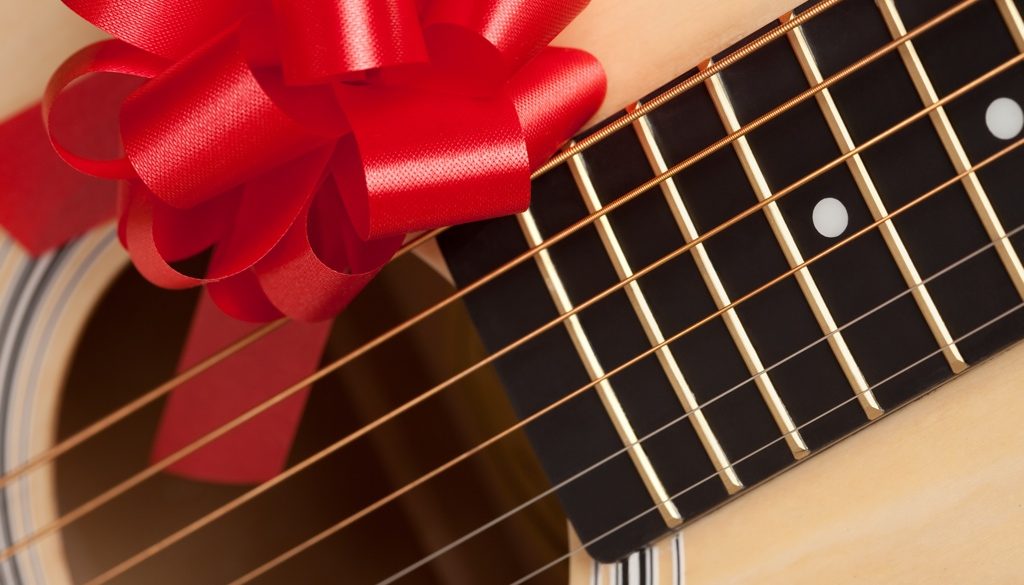
What you need to get started
by Jamey Mann, Catoctin School of Music
When taking on any new hobby/activity there is always a little more needed to get started than you think. Many think all you need to go hiking is a good pair of shoes, however when you start getting into it you might realize you need a little more especially to make your time more enjoyable. Learning an instrument is no different. To start lessons you obviously need an instrument, and you can get started with just the instrument, but you will soon find that there is a little more you need to get the most out of your time.
It can be counterproductive if you do not have all that you need. Many items a teacher may ask to have help with posture which is crucial when learning a new instrument. Other items help with the learning process and keep students on a methodical path to keep learning and improving on a consistent basis.
The following is a list of items to give you the greatest chance of success when learning an instrument. Most of these items will be specific to guitar lessons, however many will also apply to other instruments.
- A quality instrument– This should be obvious, however there are many different types of instruments, sizes, and quality can vary greatly. Before starting lessons, it is a good idea to contact your potential teacher and ask what they recommend. If you have an instrument, be ready to acquire another in case the instructor recommends another one. It can and will be harder than necessary to use an instrument that is poor quality or the wrong size.
- Guitar Footstool/guitar support – The guitar footstool is used to elevate the left foot to put the guitar in the proper playing position. Known as the classical guitar sitting position, this puts the student in the best posture for learning the instrument. Guitar supports are used in place (or combination with) a footstool. They attach to the guitar with suction cups or magnets to put the guitar in the correct position. Unless there is some physical issue, I recommend all students start with a foot stool before going to a guitar support. Guitar supports are great for students with back or neck issues.
- Music Stand– Important for all instruments, the music stand is essential for proper posture. Putting music at eye level so the student does not have to look down at a table or to the side, which can be uncomfortable, is essential. I recommend solid music stands over a collapsible type. Solid stands are more sturdy and easier to write against while writing in fingerings or other notes into your music.
- Electronic tuner– Students will eventually learn to tune by ear. However, in the early stages, an electronic tuner is a must. New students can break strings or get the guitar so out of tune they may not be able to practice effectively until they see their teacher. I recommend a quality clip on tuner that uses vibrations to help tune. These tuners are also great for tuning in noisy environment such as classes, ensemble rehearsals, and gigs.
- Method Book– Depending on age and ability level your instructor will recommend a method book to work through. This book will walk you through the fundamentals of music theory and technique to put you on the right trajectory.
- Miscellaneous office supplies– Often overlooked, items such as a 3-ring binder, hole punch, note books, sticky notes, tape, etc. These are all things that come in very handy and help you stay organized
The most important thing you need that you do not have to spend money on is time. Look at your schedule and look at what time you can dedicate to practicing your instrument. Without time and dedication nothing listed above will make any difference. Commitment is the key to learning!
